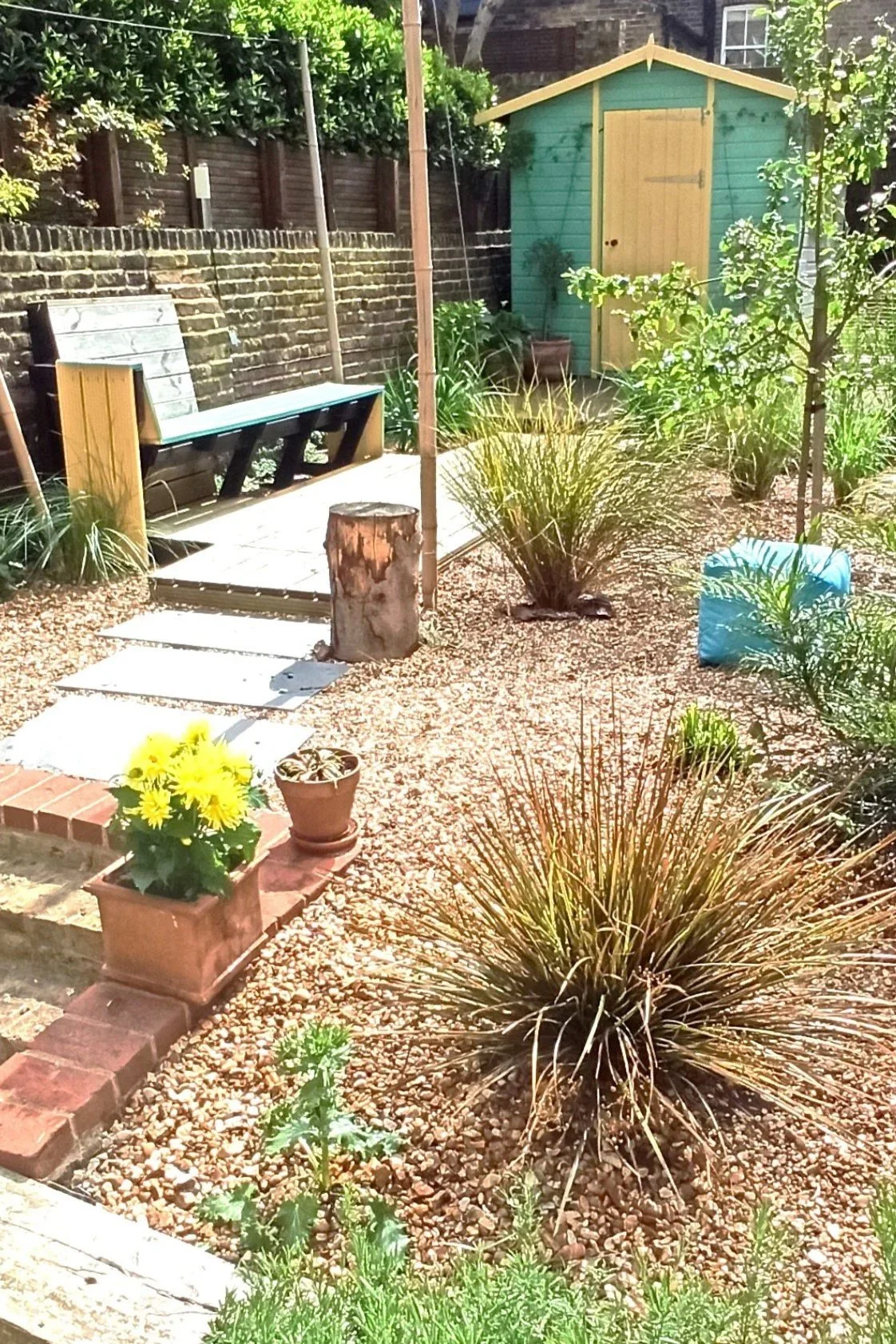Gardening for Climate Change
Sustainable Solutions for a Greener Future
Sinclair Road
Gardening isn't just about aesthetics—it's a powerful way to combat climate change and create resilient ecosystems. By adopting climate-conscious planting, embracing wildlife-friendly practices, and making use of ornamental edible plants, gardeners can contribute to environmental stability while enjoying thriving green spaces.
Sustainable Plant Choices
Choosing plants that thrive in changing conditions is key to climate-adaptive gardening. Drought-resistant species, such as lavender, echinacea, and succulents, reduce the need for excessive watering. Similarly, native plants are well-suited to local climates and support biodiversity, making them excellent additions to any garden.
Water-Wise Gardening
Water scarcity is a growing concern, making efficient irrigation more important than ever. Simple steps like rainwater harvesting, drip irrigation, and mulching help retain moisture and reduce reliance on traditional watering methods. Gardeners can also opt for peat-free compost, which conserves vital wetland resources.
Ornamental Edible Plants - Beauty with Purpose
ornamental plants that also serve as edible crops—are rising in popularity for sustainable gardening. Fruit-bearing shrubs, herbs, and flowering vegetables add aesthetic appeal while offering a practical harvest. For example, artichokes, calendulas, and sunflowers can be both decorative and useful, making them a smart addition to eco-conscious gardens.
Regenerative Gardening Practices
Climate-aware gardeners can go beyond simple planting by embracing regenerative techniques. No-dig gardening preserves soil health, while companion planting naturally deters pests without harmful chemicals. Additionally, incorporating green roofs and vertical gardens helps urban gardeners reduce heat absorption and improve air quality.
Final thoughts…
Gardening for climate change is more than just a trend—it's a necessary shift towards ecological responsibility. By making mindful choices, such as sustainable plant selection, water-efficient practices, and wildlife-friendly gardening, individuals can play a role in mitigating environmental impact while creating lush, thriving spaces. Whether you're planting an edimental garden or fostering local biodiversity, every green effort contributes to a healthier planet
Here are some easy techniques to make your garden more resilient and eco-friendly:
Wildlife-Friendly Gardens
Inviting nature into your garden helps maintain ecological balance.
By planting pollinator-friendly flowers like foxgloves, borage, and nasturtiums, you provide vital food sources for bees and butterflies.
Creating habitats such as log piles, ponds, and wildflower meadows enhances biodiversity and supports native species.
Water butt
No-Dig Gardening
Avoid disturbing the soil to preserve carbon, improve soil health, and reduce weeds. Simply layer compost and mulch on top of existing soil to create a thriving garden bed.
Water-Wise Gardening
Use rainwater harvesting, mulching, and drip irrigation to conserve water. Planting drought-resistant species like lavender and succulents can also help.
Pollinator-Friendly Planting
Choose single-flowered plants that provide nectar for bees and butterflies. Native wildflowers and herbs like borage and thyme are great options.
Sustainable Materials
Reduce waste by reusing containers, composting kitchen scraps, and recycling garden materials. Opt for biodegradable pots instead of plastic.
Green Roofs & Vertical Gardens
Maximize space and improve air quality by growing plants on walls, balconies, and rooftops. This technique helps insulate buildings and reduces urban heat.
Plant suggestions
For drought-resistant gardening, consider plants that thrive in dry conditions and require minimal watering. Here are some great options:
Lavender – A fragrant, hardy plant that loves dry soil.
Succulents – Including sedum and agave, which store water in their leaves.
Yarrow – A tough perennial with colorful blooms.
Rock Rose (Cistus) – A Mediterranean shrub that flourishes in drought.
Agapanthus – A striking flower that tolerates dry spells.
Pineleaf Penstemon – A semi-evergreen plant with bright red flowers.
Salvia – A hardy perennial with vibrant flowers.
Verbena – Produces clusters of small, colorful blooms.
Echinacea – Also known as coneflower, great for pollinators.
Rosemary – A fragrant herb that withstands drought.
Rock Rose (Cistus) – A Mediterranean shrub with delicate flowers.
Thyme – A low-growing herb that thrives in dry soil.
Lithodora – A ground cover plant with striking blue flowers.






